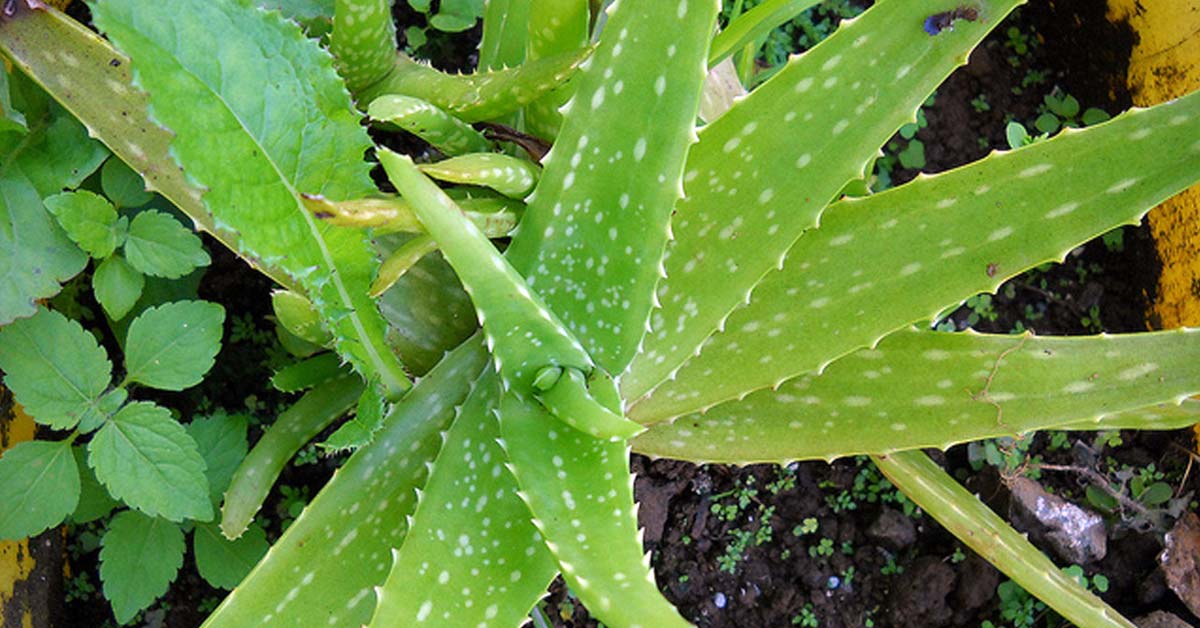Medicinal plants are becoming popular these days due to huge side effects of synthetic drugs. These plants contain substance that can be employed for therapeutic purpose1. Medicinal herbs and plants consist of phytohemicals which can be potentially used to treat several diseases. Moreover, they don’t impose any negative effect on environment as well as human health.
These plants are crucial among uneducated as well as highly civilized men in the folklore, superstition connected with spreading of disease or washing of evil spirit and changing one’s favors in both developed as well as developing countries. Ethnopharmacologits, Botanist, Microbiologist as well as Natural product chemists are performing experiments develop effective therapeutic drugs by using phytochemicals to treat infectious diseases2.
Accordingly, the majority of species present in the genus Cassia have been utilized in ethnomedicine and their in vitroantimicrobial activity has been documented as well. Moreover, release of sodium and potassium ions by ethanolic and aqueous extract of Cassia occidentalis have also been reported3. But to date, no investigations have been performed on the release of protein, sodium and potassium ions of the six most commonly used species in ethnomedicine.
Hence, scientists conducted a study in order to quantify the amount of protein, sodium as well as potassium ions leaked into the growth medium of pathogenic bacteria containing leaf extract from 6 Cassia species including Cassia alata, C. auriculata, C. hirsuta, C.mimosoides, C. occidentalis and C. obtusifolia in Nigeria4.
Conclusively, the leakages of sodium protein as well as potassium ions by methanolic extracts of tested Cassia species determined that the mechanism of their antimicrobial activity may be inherent in these phenomena that defend the application of these plants in ethnomedicine. However,thorough investigation is required to establish whether the action is bacteristatic or bactericidal.
References:
- Stanjner, D., N. Milic, J. Canadiavic, M. Stanjner and B.M. Pooric, 2006. Screening for antioxidant properties of Allium gigantinum. Fitoterapia, 77: 268-270.
- Kaufman, P.B., L.J. Cseke, S. Warber and J.A. Duke, 1999. Natural Products from Plants. CRC Press, Boca Raton, FL., USA., Pages: 670.
- Oladunmoyem, M.K., F.A. Akinyosoye and F.C. Adetuyi, 2007. Release of sodium and potassium ions by aqueous and ethamolic extract of Cassia occidentalis on some selected bacteria. Trends Applied Sci. Res., 2: 85-87.
- K. Oladunmoye, F.A. Akinyosoye and F.C. Adetuyi, 2007. Comparative Studies on the Amount of Protein, Sodium and Potassium Ions Released by Methanolic Extracts from Six Cassia Species. Asian J. Cell Biol., 2: 29-33.

COMMENTS